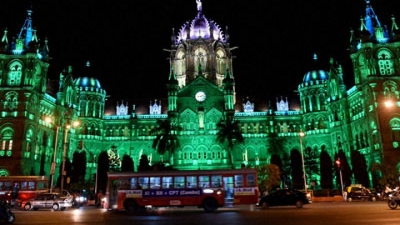
The Victorian Gothic and Art Deco Ensembles of Mumbai were inscribed as World Heritage Sites. Spread over 66.34 hectares, with a buffer zone of 378.78 hectares, the Ensemble comprises two architectural styles – the 19th Century Victorian structures and 20th Century art deco structures along the sea – linked by an open space, the historic Oval Maidan.
Both the Victorian Gothic and the Art Deco ensembles exhibit an important exchange of European and Indian human values over a span of time. The Victorian assemblage of grand public buildings created an Indo-Gothic style by blending Gothic revival elements with Indian elements, with adaptations in response to the local climate by introducing balconies and verandas. Mumbai’s Art Deco buildings of iconic cinema halls and apartment buildings blended Indian design with Art Deco imagery and created a unique style that became known as Indo-Deco. Its influence spread through the Indian sub-continent.
he Victorian Gothic and Art Deco ensembles reflect the developments in architecture and urban planning over two centuries. The two ensembles represent architectural styles, phases in the advancements of construction materials and techniques, urban planning philosophies and historical phases which are distinctive and facing each other across the Oval Maidan. Both ensembles are the creation of the two major urban expansions of Bombay, which led to the development of the city to become the internationally important mercantile city of the twentieth century and up to the present.
Picture Credit : Google




